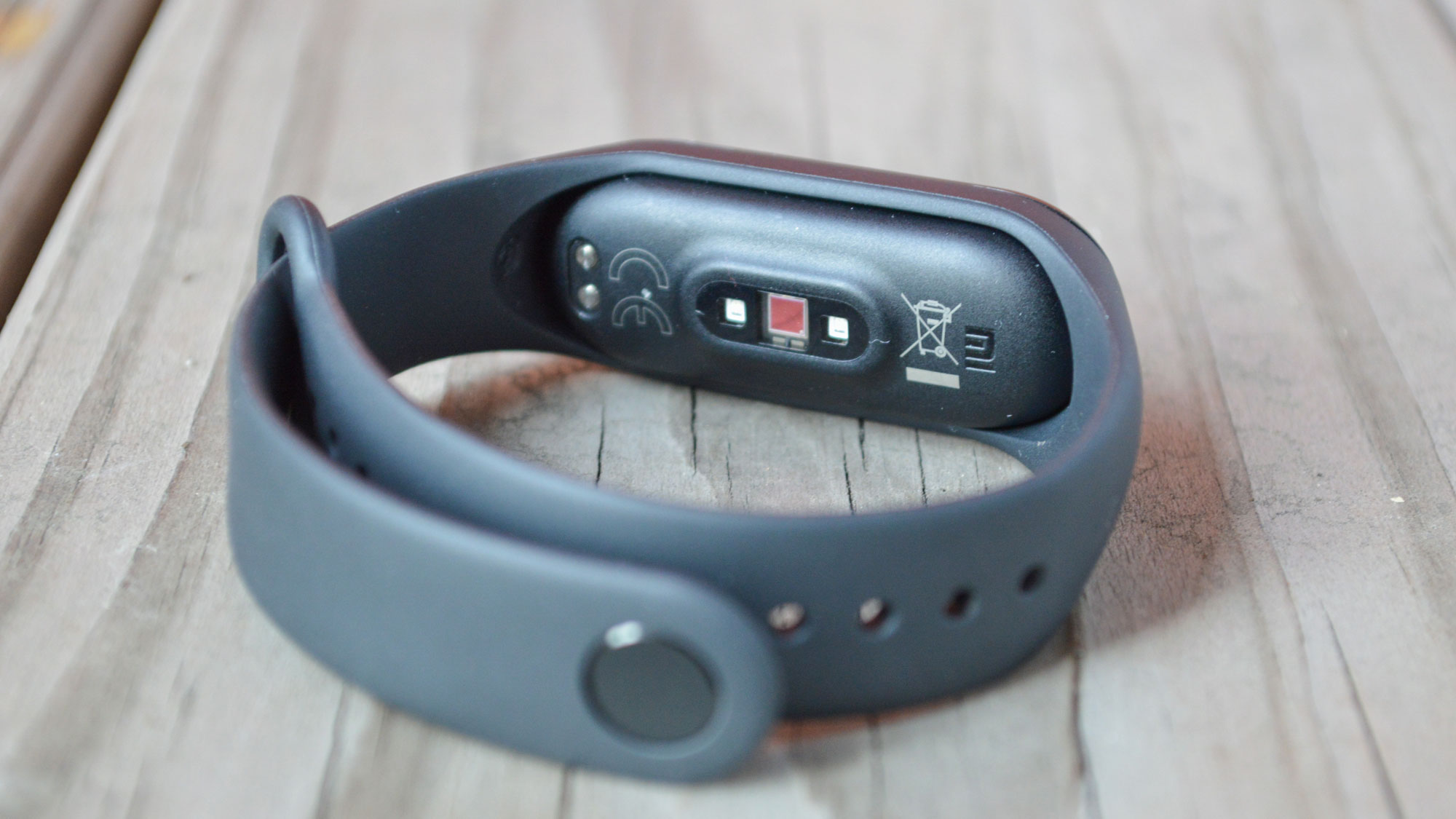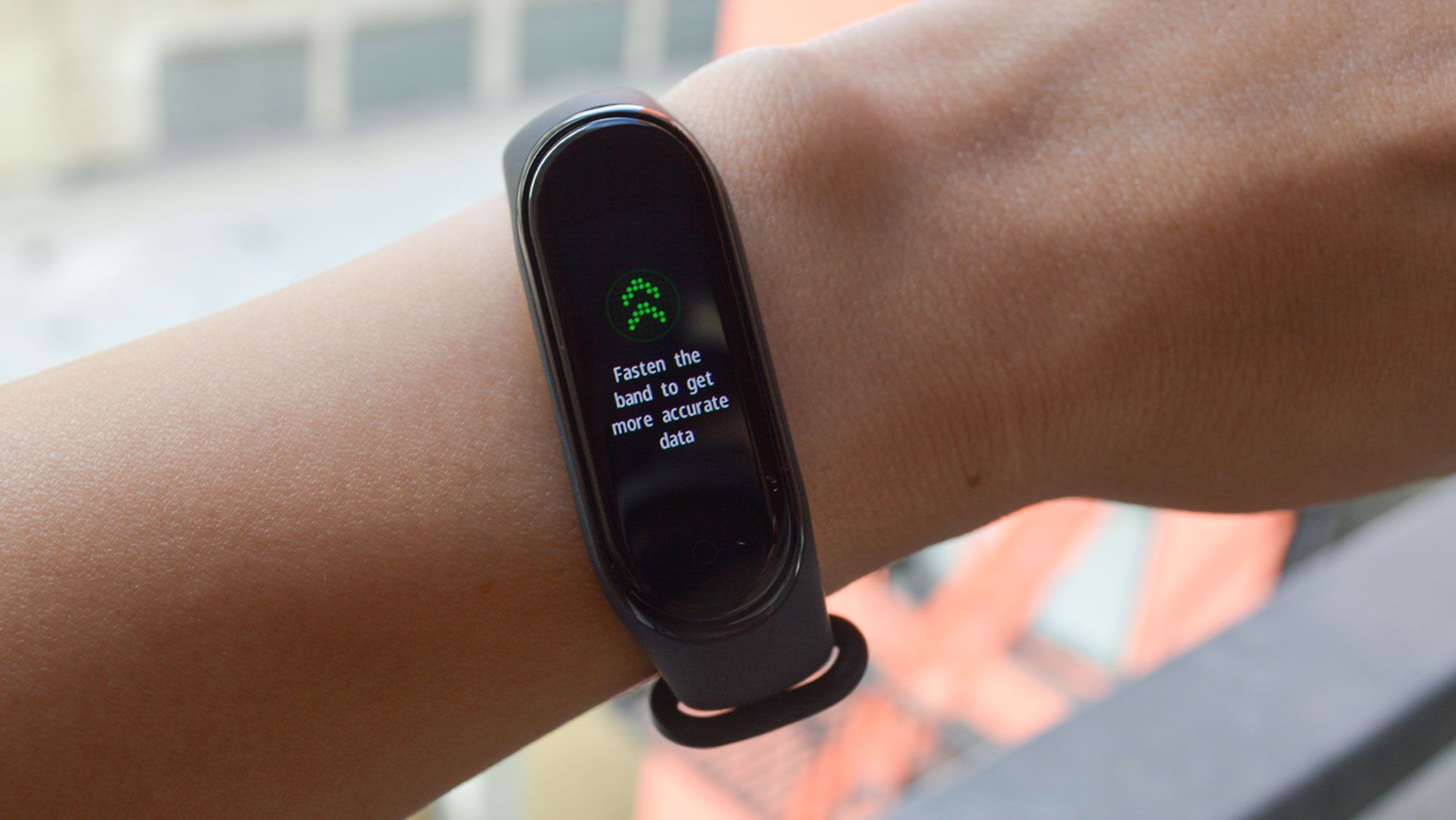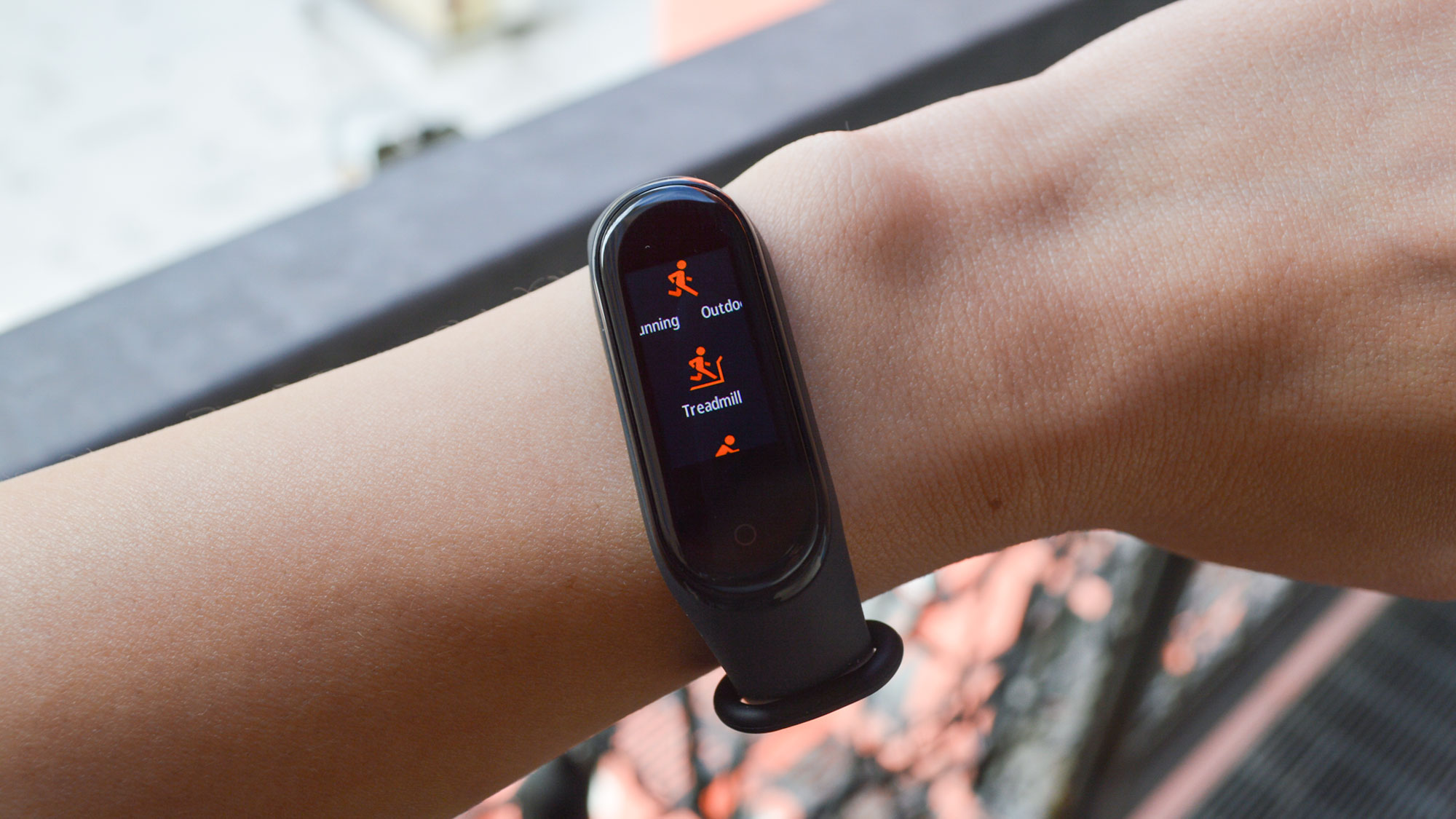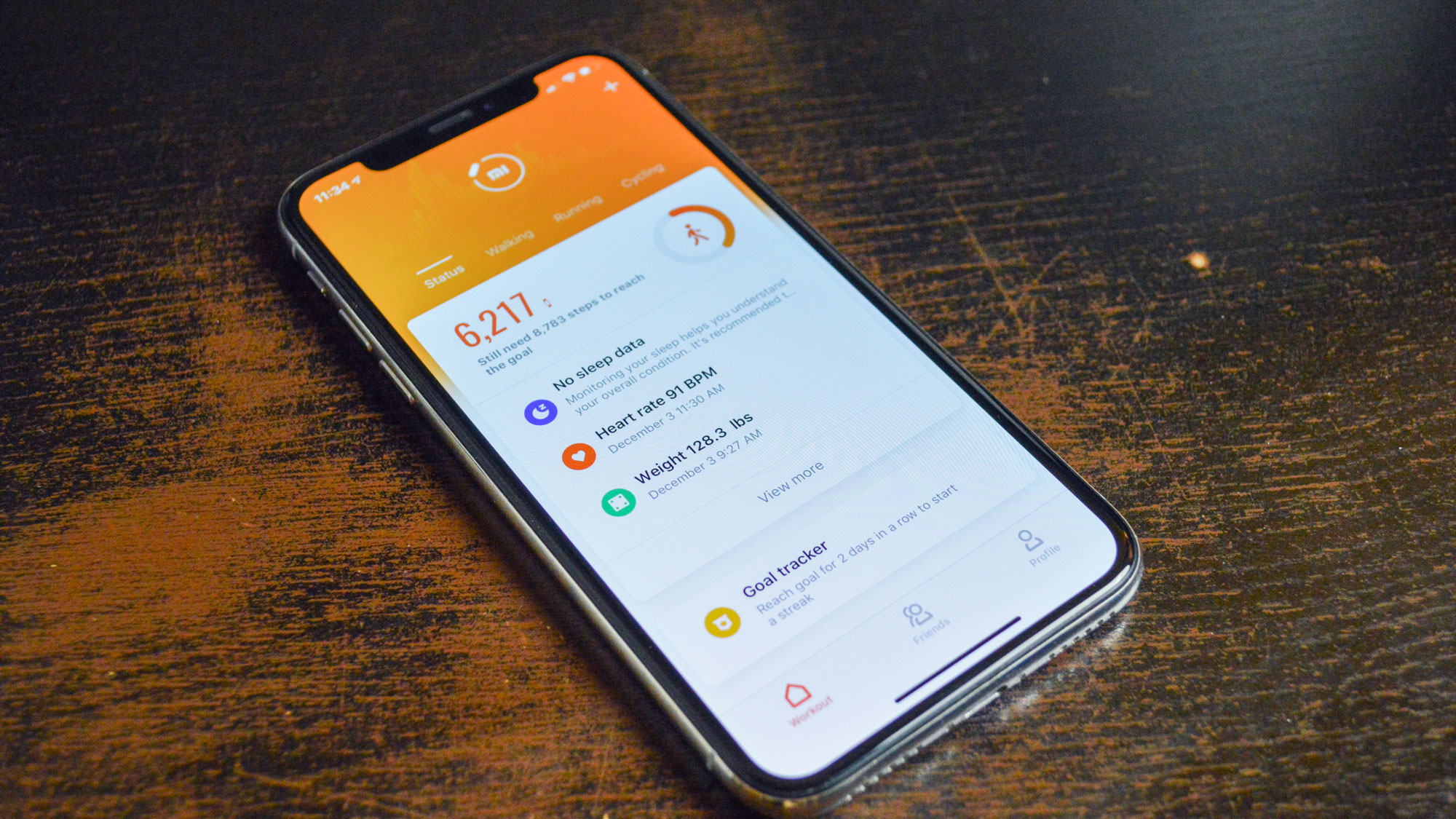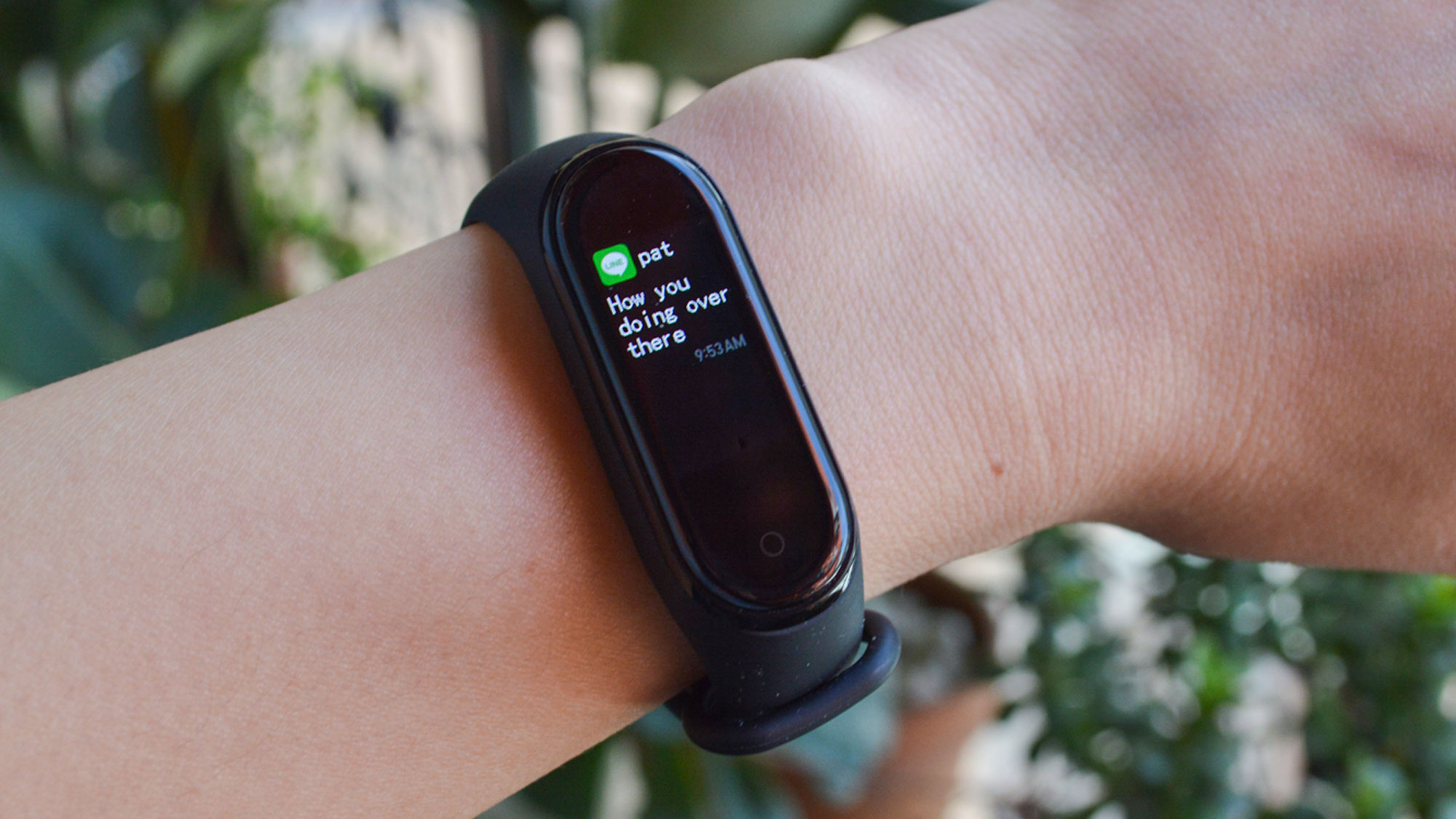Tom's Guide Verdict
The Xiaomi Mi Band 4 is packed with features you won't see in other ultra-cheap fitness bands, but its tracking capabilities are just so-so.
Pros
- +
Excellent battery life
- +
Customizable alerts
- +
Inexpensive
Cons
- -
Bulky, could be more comfortable
- -
Sleep tracking works only at night
- -
Fitness tracking is pretty basic
Why you can trust Tom's Guide
Chinese company Xiaomi has been churning out budget fitness trackers for the last few years, and its newest device, the Mi Band 4, is pretty darn impressive in both features and price. This $35 water-resistant fitness tracker tracks your workouts and sleep, lasts nearly a month on a charge, and even lets you read text messages from your wrist. And, yeah, you read that right: It's only $35.
What do you get for that low price? Plenty of features, but not all of them are good.
Xiaomi Mi Band 4 price and availability
The Mi Band 4 is available to buy now. Its retail price is $70, but the band has recently been discounted by $35 and we don’t expect it to go back up to its original price.
Xiaomi Mi Band 4 design: Bulky, but beautiful screen
The Mi Band 4 has the same slim, oblong shape as its predecessor, the Mi Band 3, and is compatible with third-gen accessories. The new band is more refined: flatter on top, with a larger, brighter touch screen. It comes with an adjustable black silicone strap that can be swapped out for different colors or styles, as well as a USB charging cradle. The Mi Band 4 has a built-in optical heart-rate sensor and is water resistant up to 50 meters.
This isn't the sleekest or sexiest fitness tracker. The actual device measures 45 x 15-mm and is 14-mm thick. This makes it a little larger than its competitors, such as the Fitbit Inspire HR and the Garmin Vivofit 4, but it probably won't make a big difference unless you have particularly small wrists.
I do happen to have small wrists (approximately 5.5 inches in diameter), and the Mi Band 4 is just a little too long for me to wear comfortably 24/7, especially because the device doesn't conform to the curve of my wrist. The included strap angles the watch face ever so slightly toward you, if you're wearing it on your left wrist. It almost certainly won't make a difference if you're wearing it on your right, because the angle really is that slight. But if you think it looks slightly off, that's because it is.
The Mi Band 4's standout design feature is its full-color, 0.95-inch (240 x 120) AMOLED touch screen. The touch screen is crisp, colorful, bright enough to read easily in full sunlight and easy to use. Swipe left or right to access music controls (for your phone; the band doesn't offer onboard music storage), up or down to scroll through menu options, and tap the screen to select an option. The Mi Band 4 has an optional lift-to-view function that's turned off by default; if you don't have this turned on, there's a capacitive touch button below the screen that shows you the watch face when tapped. This button also takes you back to the watch's main face if you tap it while you're in a menu.
Get instant access to breaking news, the hottest reviews, great deals and helpful tips.
Xiaomi Mi Band 4 battery life: Beats Fitbit by a mile
The Mi Band 4 offers excellent battery life — up to 20 days, depending on usage. There are a lot of optional modes and settings (such as lift-to-view and continuous heart-rate monitoring) that will decrease battery life when turned on. But I haven't had any problem getting at least two weeks' worth of battery life with moderately heavy usage and all battery-sucking options turned on.
You shouldn't need to charge the Mi Band 4 more than a handful of times a month, which is good, because the charging cradle that comes with the device features a frustratingly short 5-inch wire.
Xiaomi Mi Band 4 fitness and sleep: Underwhelming
The Mi Band 4's fitness-tracking features are pretty basic, but what were you expecting for the price? While the band has a built-in heart-rate sensor, it doesn't automatically detect when you're working out, so you'll need to manually enter your workout mode for more accurate tracking. To open the workout mode, swipe up from the watch face until you find "Workout," then tap to choose your specific workout type. The Mi Band 4 has six dedicated fitness-tracking modes: outdoor running, treadmill, cycling, walking, exercise (weightlifting, etc.) and pool swimming. The band doesn't have its own built-in GPS, so it connects to your phone's GPS to more accurately track outdoor workouts.
I used the Mi Band 4 to track weightlifting workouts as well as both barre and yoga, and while it seemed to be fairly accurate overall, it wasn't as responsive to minor heart-rate changes as my Apple Watch. This isn't necessarily a deal breaker, because many people are looking for basic step counting and the occasional heart-rate check. But if active fitness tracking is your priority, this may not be the band for you.
The Mi Band 4 also offers built-in sleep tracking, and the results are…interesting. This is partly because I have an unusual sleep schedule — I usually don't sleep at night — and the Mi Band 4 doesn't track sleep during the day. The band uses the heart rate sensor to detect sleep automatically, so there's no way to force it into sleep-tracking mode. This means that even if you do sleep at night, you can't track things like naps or sleeping in. The handful of times I did sleep at night while testing the Mi Band 4, its tracking abilities seemed to be just so-so — it had the same problems a lot of sleep-tracking fitness bands have, such as not being able to tell when I was just lying in bed versus actually sleeping.
Xiaomi Mi Band 4 notifications: Extensive and customizable
The Mi Band 4 may look like it's all about fitness, but this band is more fully featured than your average bare-bones budget fitness tracker. In addition to its fitness- and sleep-tracking capabilities, the Mi Band 4 also functions like a smartwatch by offering customizable alerts for a variety of phone- and non-phone-related functions, including incoming calls, texts, app alerts, emails, events and alarms.
Using the Mi Fit app, you can toggle these alerts on and off (including toggles for each individual app). You can also create your own custom vibration patterns for each category, which means you can have different vibration patterns for calls, texts, apps (but not individual apps), email and more.
The Mi Band 4 can display incoming texts on its screen — though the screen is pretty small and narrow, so it's not great for reading text messages — but you'll need to pick up your phone if you want to respond.
Bottom line
Xiaomi's Mi Band 4 isn't perfect, but it's also extremely cheap. The Mi Band 4 delivers a pretty good overall experience, especially if you're willing to put a little time into setup and customization. The band sports a great touch screen, with a watch face that can be customized with a ton of cute, colorful designs in the Mi Fit app, customizable alerts, music controls and a battery that doesn't quit.
While I wasn't overly impressed with its fitness- and sleep-tracking capabilities, the Mi Band 4 performs similarly to other budget fitness trackers. You won't get significantly more accurate or sensitive tracking from competitors like the $99 Fitbit Inspire HR, and the Mi Band 4 is quite a bit cheaper. If you're looking for a basic fitness tracker with smartwatch functionality, this is a great band to start with.
Sarah is a hardware enthusiast and geeky dilettante who has been building computers since she discovered it was easier to move them across the world — she grew up in Tokyo — if they were in pieces. She's currently senior editor at our sister site Tom's Hardware and is best-known for trying to justify ridiculous multi-monitor setups, dramatically lowering the temperature of her entire apartment to cool overheating components, typing just to hear the sound of her keyboard, and playing video games all day "for work." She's written about everything from tech to fitness to sex and relationships, and you can find more of her work in PCWorld, Macworld, TechHive, CNET, Gizmodo, PC Gamer, Men's Health, Men's Fitness, SHAPE, Cosmopolitan, and just about everywhere else. In addition to hardware, she also loves working out, public libraries, marine biology, word games, and salads. Her favorite Star Wars character is a toss-up between the Sarlacc and Jabba the Hutt.


